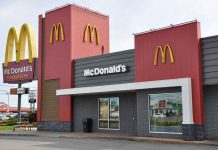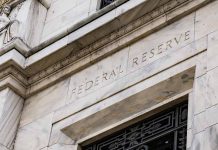
The United States faces a growing egg shortage crisis, leaving consumers and retailers grappling with restrictions and rising prices.
Top Takeaways
- Retailers like Costco, Whole Foods, and Trader Joe’s have capped egg purchases due to supply shortages.
- The H5N1 avian flu has led to the culling of millions of egg-laying hens, decreasing supply.
- Egg prices have surged, with predictions indicating further increases by the year’s end.
- The USDA has reported a significant downturn in the poultry population.
Retailers Impose Purchase Limits
Grocery stores across the United States are limiting the number of eggs consumers can buy as a reaction to escalating prices and the ongoing avian flu outbreak. Trader Joe’s, for instance, has implemented a strict “one carton per customer” policy nationwide. Kroger has opted for two-carton limits in specific regions, whereas Walmart has restricted purchases of their 60-egg bulk cartons. These measures aim to manage the diminishing supply effectively.
Costco has followed suit by capping customer purchases to three packages of eggs daily, available in two or four dozen cartons. Whole Foods has limited egg purchases to three cartons, citing sourcing challenges linked to animal welfare standards. In a broader context, such restrictions reflect the broader supply disruptions caused by the avian flu.
Poultry Population and Economic Impact
The primary cause of the current situation stems from the H5N1 bird flu, a highly contagious strain affecting the U.S. since 2022. Notable states hit include Maryland, Ohio, Indiana, Missouri, Washington, and Arizona. Over 136 million birds are impacted, resulting in empty shelves and higher egg prices. A New York farm recently made headlines for having to cull 100,000 ducks, illustrating the drastic measures being taken to contain the virus.
Alongside these supply challenges, the economic burden has grown. In December 2024, the average price of a dozen eggs spiked by 37% from the previous year. Predictions from the U.S. Department of Agriculture indicate a possible 20% rise by the end of 2025. This economic predicament impacts consumers, grocery chains, and restaurants alike, forcing establishments like Waffle House to add surcharges to cope with the rising costs.
Future Outlook and Measures
The egg shortage crisis draws attention to the vulnerable state of current supply chains and the wider implications of animal disease outbreaks. Retailers and suppliers strive to align with consumer demand and alleviate costs as best as they can. A company spokesperson for Trader Joe’s shared, “We hope these limits will help to ensure that as many of our customers who need eggs are able to purchase them when they visit Trader Joe’s.”
Consumers should brace for continued constraints and potential price hikes while retailers work toward resolving these supply chain issues. As the nation navigates these trying times, careful management and strategic measures may prevent further shortages and safeguard both consumer and supplier interests.






















